Living in an RV full-time is all about embracing the small space lifestyle while still making sure it feels like home.
You’ve got to squeeze every ounce of functionality out of those limited cabinets and countertops. That’s why the right kitchen appliances aren’t just a nice-to-have—they’re essential for this kind of living.
When you’re dealing with such a compact kitchen, it’s not just about having the coolest gadget or the latest technology. It’s about making smart choices that balance functionality with size. You want appliances that do their job without hogging all the space.
Anyone who’s hit the road knows the struggle of trying to cook a decent meal in a small RV kitchen. The challenges can be as simple as finding room for prepping food or as complex as running into power limitations. It’s all about adapting your lifestyle to fit into this new, mobile home of yours.
Space efficiency is king in the RV world. Simplifying your kitchen setup with versatile, compact appliances can make a world of difference. Instead of cluttering with too many single-purpose items, going for multifunctional units is a game-changer. Think appliances that toast, bake, and broil, all in one magic, right?
Real full-time RVers often share tales of their kitchen conundrums a reminder that choosing the best appliances tailors the experience to your needs and can make RV life not just manageable but genuinely enjoyable.
Compact Cooking: Top Utilities for a Small-Space Kitchen
Cooking in a small space doesn’t mean giving up the variety or quality of your meals. In fact, the world of compact cooking appliances is full of surprises that make life easier for RV dwellers. Let’s talk about a few must-haves that bring big functionality to tiny kitchens.
Induction cooktops are fantastic for RVs. They don’t just save space, they save energy too, which is a crucial consideration when living on the road. Plus, they’re safer since they heat the pot directly without the stovetop getting hot. It’s like a win-win for safety and efficiency.
Then there’s the magic of compact, multi-functional microwaves. These aren’t just for zapping leftovers. Modern models can grill, bake, and even crisp up pizzas! Imagine pulling out a perfectly baked batch of cookies while parked at your favorite campsite.
Portable ovens and air fryers are a real game-changer, offering the versatility to bake, fry, and roast without taking up half your counter.
We love our Ninja Foodie portable oven, air fryer, and grill. It’s our favorite way to cook in the RV. It is far more effective than the RV convection oven!
Many folks swear by them because they double up as convection ovens and offer healthier frying options without all the oil. Having such a multi-purpose tool is like having the Swiss army knife of kitchen gadgets.
Making smart appliance choices can transform your RV kitchen from basic to rock star status. Pick and choose the gear that will keep your bellies happy and your space uncluttered. Cooking on the road has never been so stylish and stress-free.
Refrigeration on the Go: Ensuring Freshness and Convenience
Keeping your food fresh in an RV is all about picking the right fridge. It’s not just a matter of fitting whatever tiny fridge you can find into the space. You need something efficient and reliable to keep things cool on the go.
One of the big decisions is choosing between compressor and absorption refrigeration systems. Compressor fridges are usually more energy-efficient especially if you’re plugged into shore power or running on solar.
The newer 12-volt compressor refrigerators are becoming very popular as they save RV energy resources.
Absorption models, on the other hand, can run on gas, also making them a great choice for boondocking or when electricity isn’t so plentiful.
Energy efficiency is key when you’re on the move. Look for fridges with good insulation and consider models with dual power options. That means flexibility between electric and gas depending on your situation, ensuring those fresh groceries stay in top shape.
Space in an RV isn’t just limited to counters and cupboards. Think about how you’ll organize within your fridge. Smart shelving and some compact storage containers can make a huge difference in how much you can stash away. Having a game plan for storage can help you avoid the mystery leftovers no one wants to eat.
Cleaning and Maintenance: Keeping Your RV Kitchen Spotless
Keeping an RV kitchen clean might seem like a tricky task, but it’s all about smart planning and the right tools. Everything in your little kitchen plays a dual role, doubling up on function and efficiency.
Dishwashers that fit in small spaces can be a real lifesaver. There are models designed especially for RVs that are compact yet powerful enough to tackle those post-dinner piles. It’s not just about washing a few plates. It’s about reclaiming time and simplifying your routine.
When space is tight, cleaning supplies need to cover more ground. Look for multi-surface cleaners that work wonders around the kitchen, allowing you to minimize clutter. A bit of innovation with cleaning wipes or sprays means you’ve got a tidy and hygienic workspace in minutes.
Taking care of your appliances is another part of this clean equation. Regular maintenance checks on your fridge, stove, and other gadgets help extend their life span, keeping everything running smoothly while you’re cruising down the highway. A little attention goes a long way in preventing unexpected breakdowns.
Making cleaning easy and efficient keeps your RV vibe chill and your kitchen ready for the next masterpiece. With thoughtful choices and a little routine, maintaining a spotless space is a breeze, giving you more freedom to enjoy the journey.
Innovative Kitchen Gadgets for the Modern Nomad
The world of kitchen gadgets is booming with innovations that suit the RV lifestyle. Today’s tech-savvy appliances cater perfectly to making on-the-road living smooth and enjoyable.
Wireless and solar-powered appliances are changing the game. They keep your space neat and free from cable chaos while making use of the abundant sunshine if you’re parked in a sunny spot.
Handy wireless blenders or solar-powered camping ovens not only save power but also mean less fuss getting things done.
Then there are those gadgets that shave time off cooking tasks. Tools like electric pressure cookers or compact espresso machines can revolutionize meal prep and help maintain some comforts of home. When your tools work hard, you get to play hard.
Eco-friendly options are also turning heads. Appliances made from sustainable materials or equipped with low-energy features show off how innovation meets environmental consciousness. Even small changes like this can make a big impact over time, especially when you’re off-grid.
Jump into the vast array of clever kitchen gadgets available today to amplify your RV cooking experience. The right setup can transform simple meals into culinary delights and make your kitchen a hub of efficiency and ingenuity.
To learn more about us, click here.
Please feel free to ask a question or leave a comment before you read other articles on our website.
Pam and I hope that while you enjoy the RV lifestyle, you also run an online business from your RV! We do!!
With great RV connectivity, as discussed on this website, you can easily make money while traveling to whatever destination you desire.
Would you like to create an income while enjoying RV travel? Is there something that you are passionate about? You can create an online business that you can run anywhere. I can help you do that!
CREATE AN ONLINE BUSINESS FROM SOMETHING YOU LOVE TO DO!



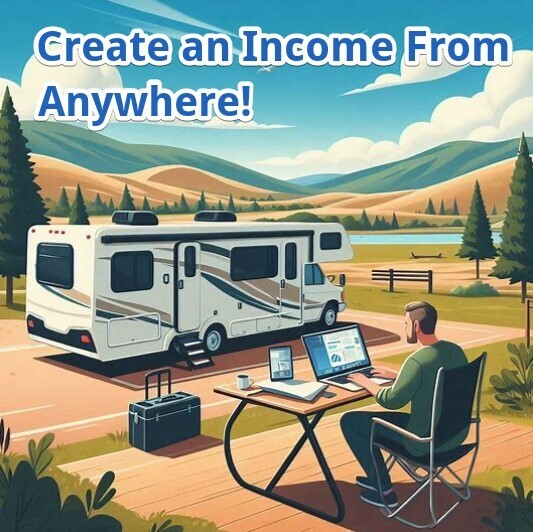
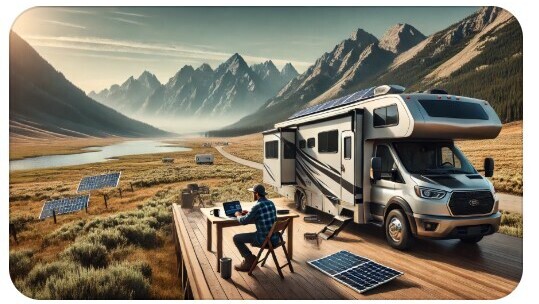
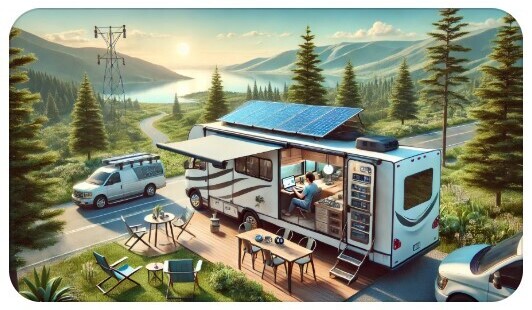
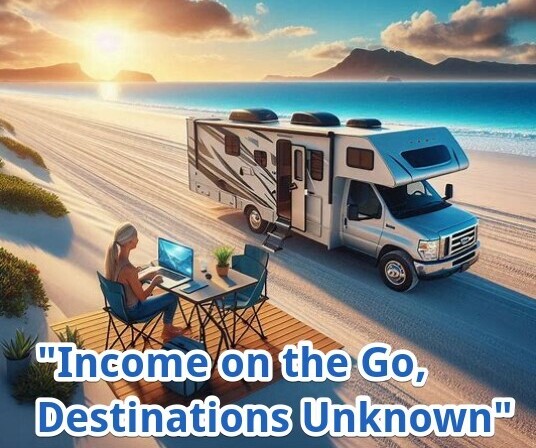
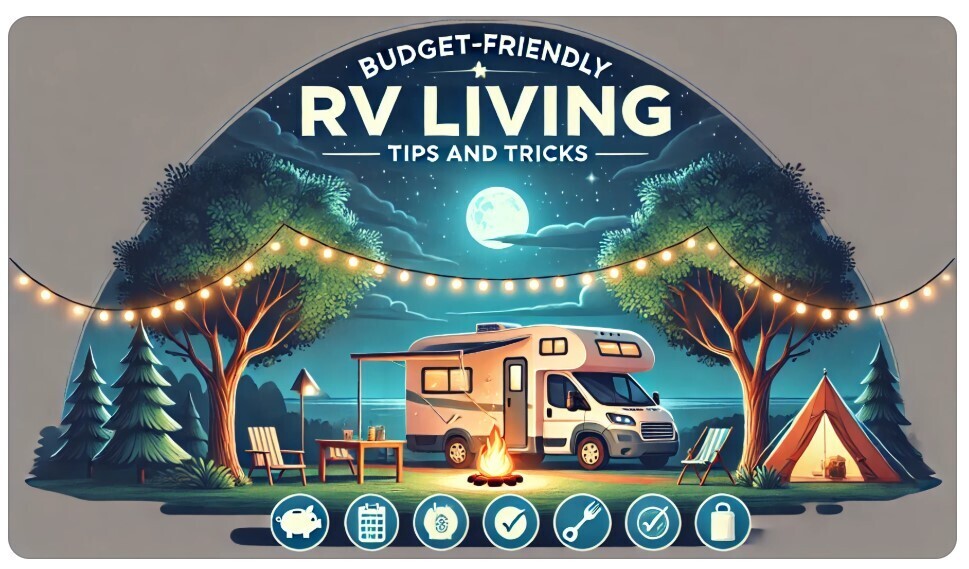
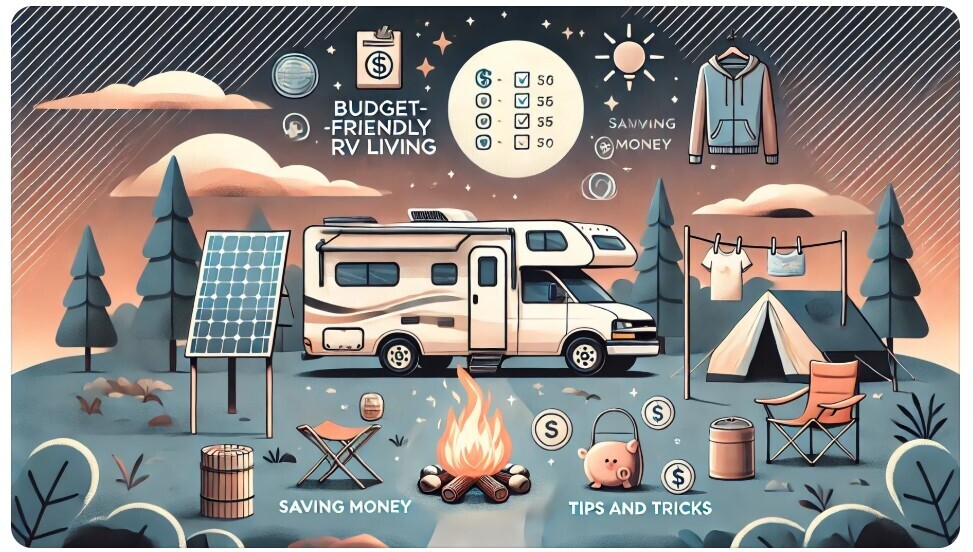
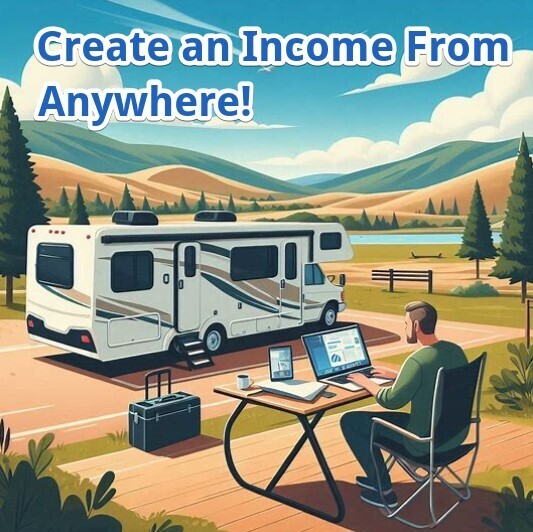

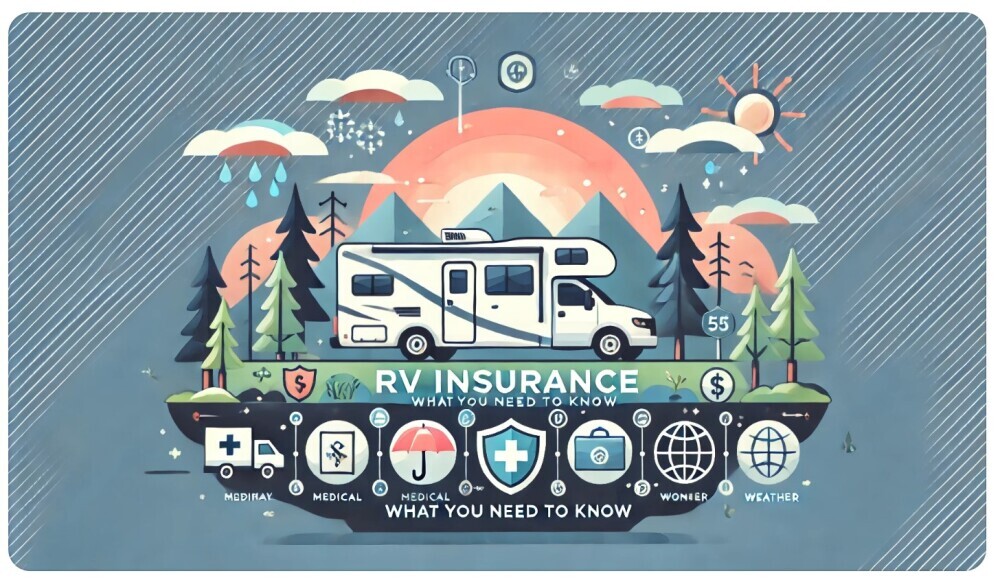
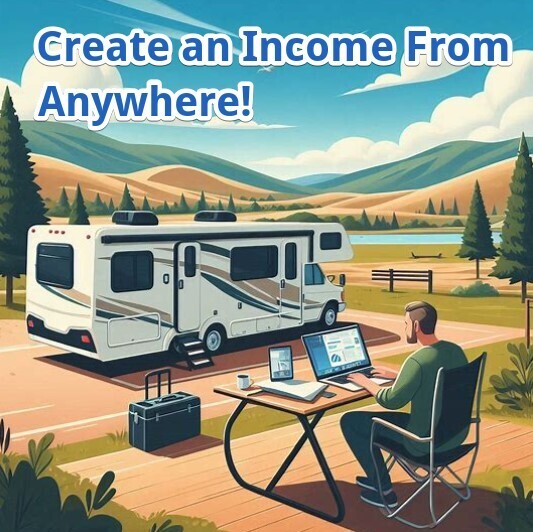
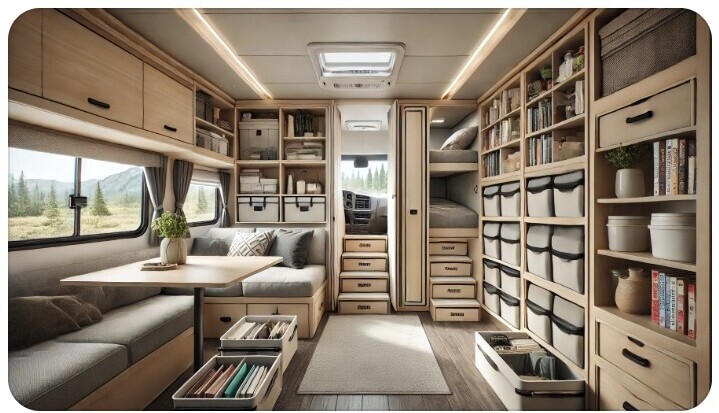

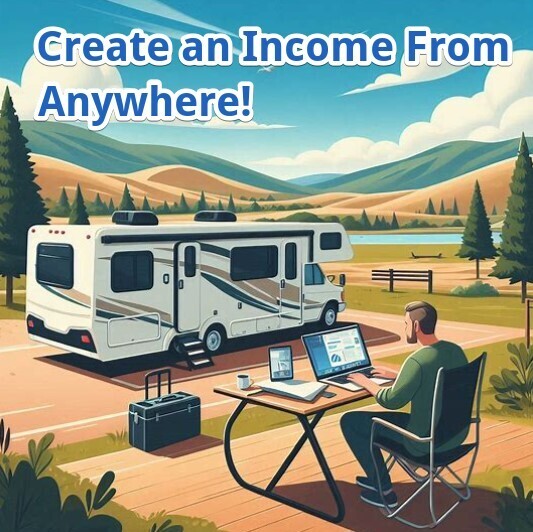
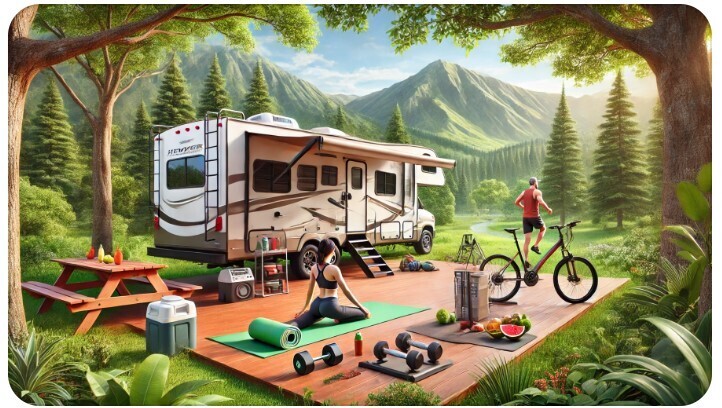
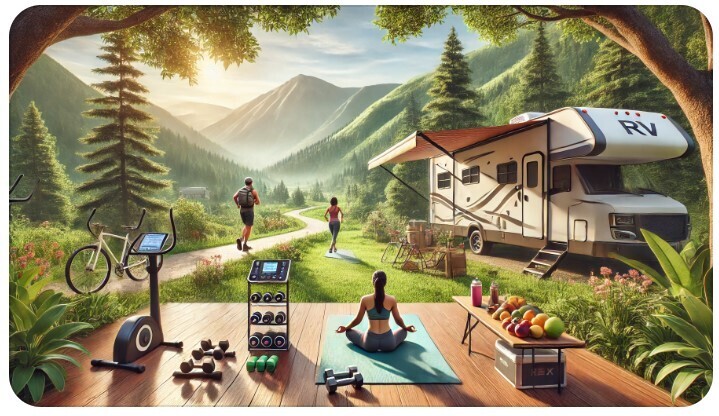
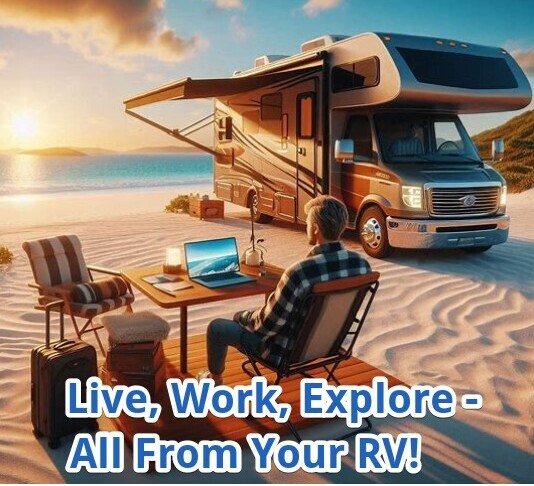


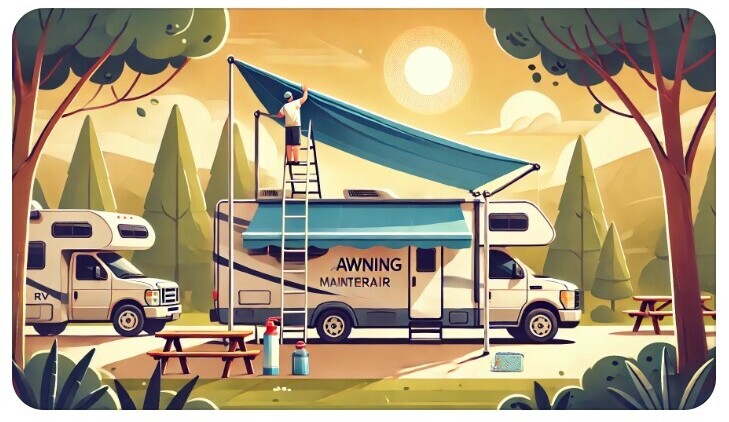
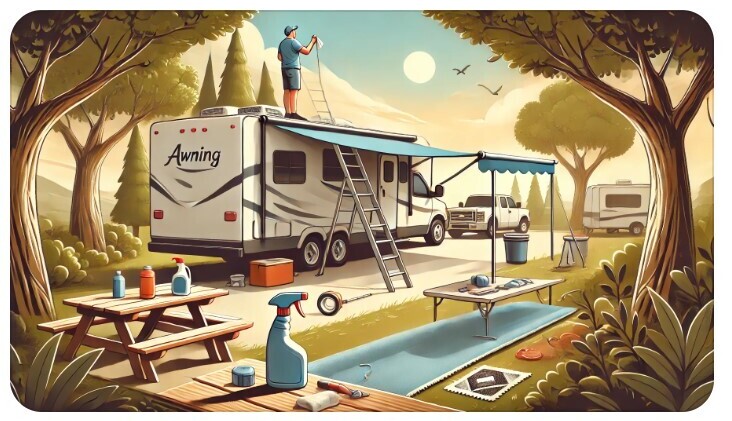
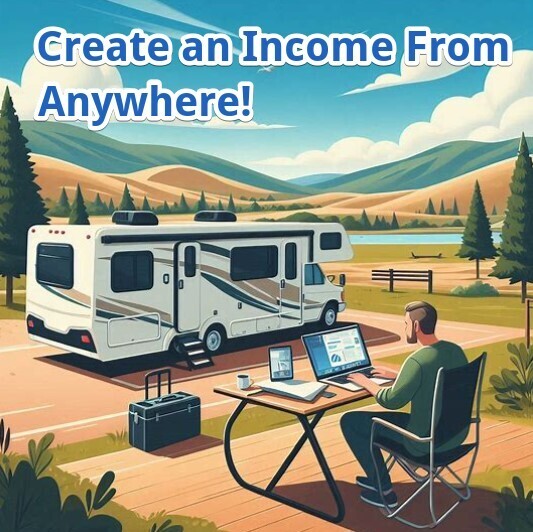
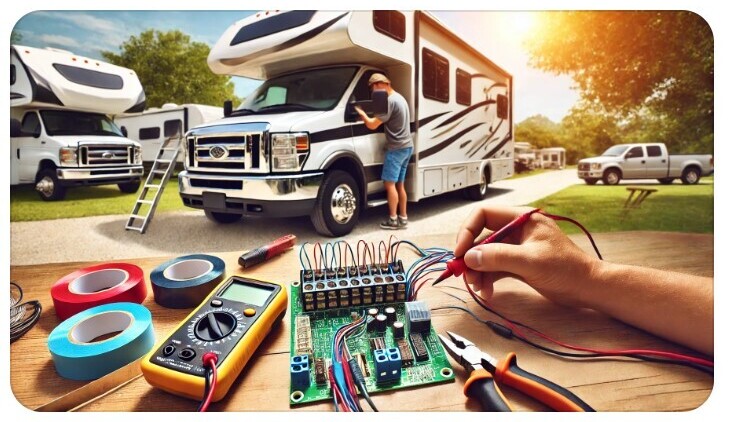
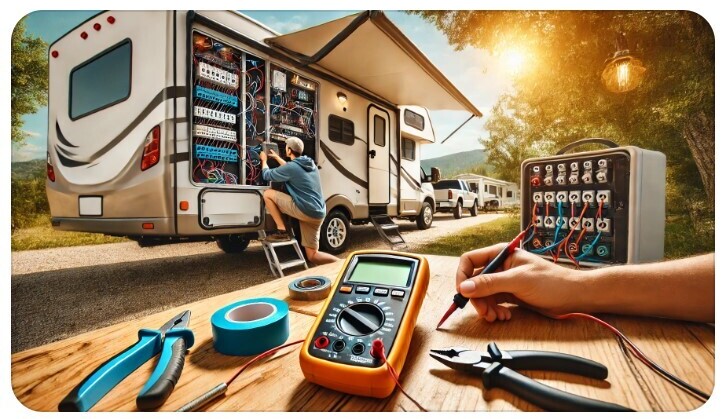
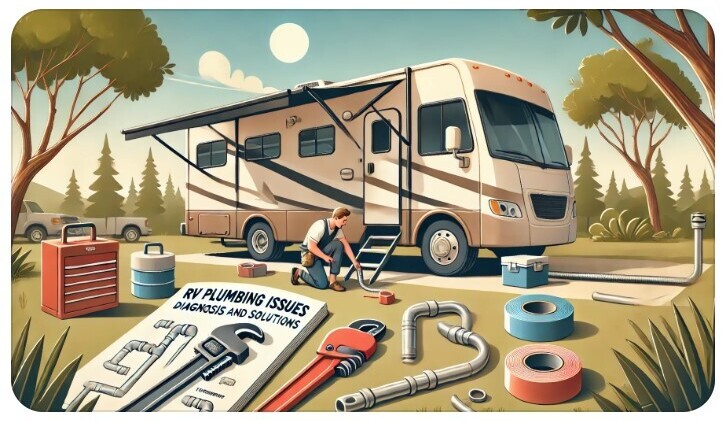
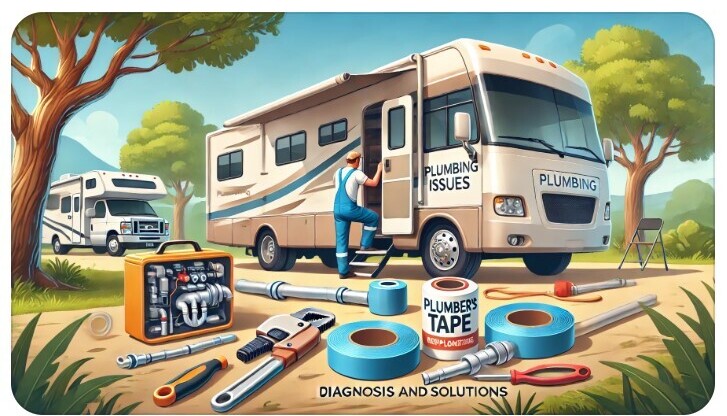

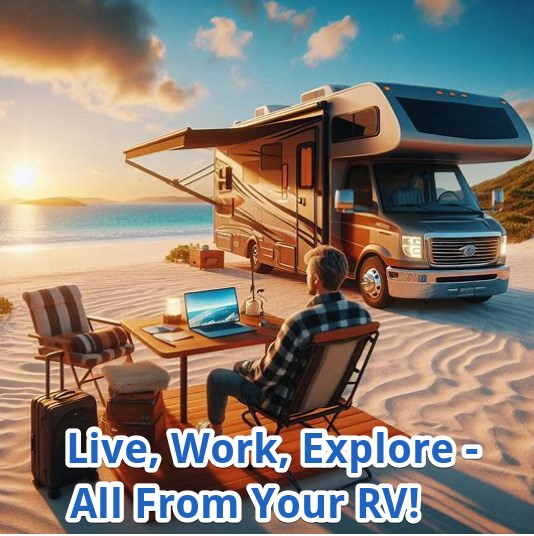
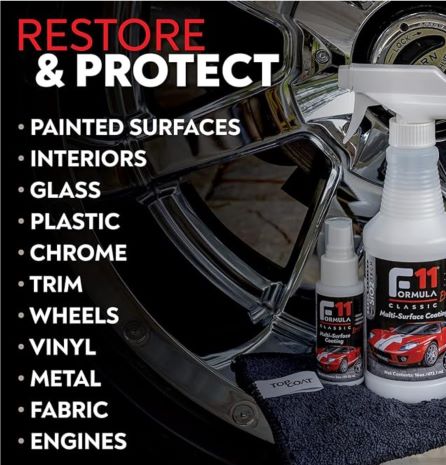
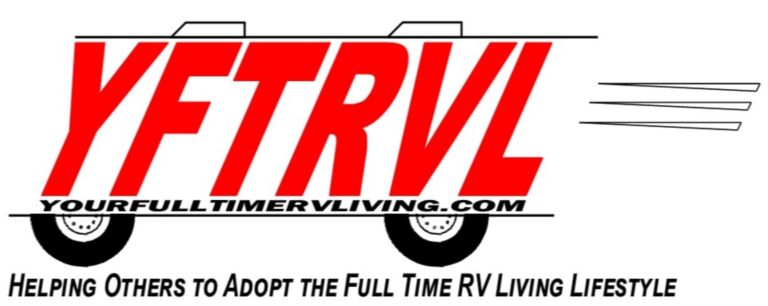



Recent Comments